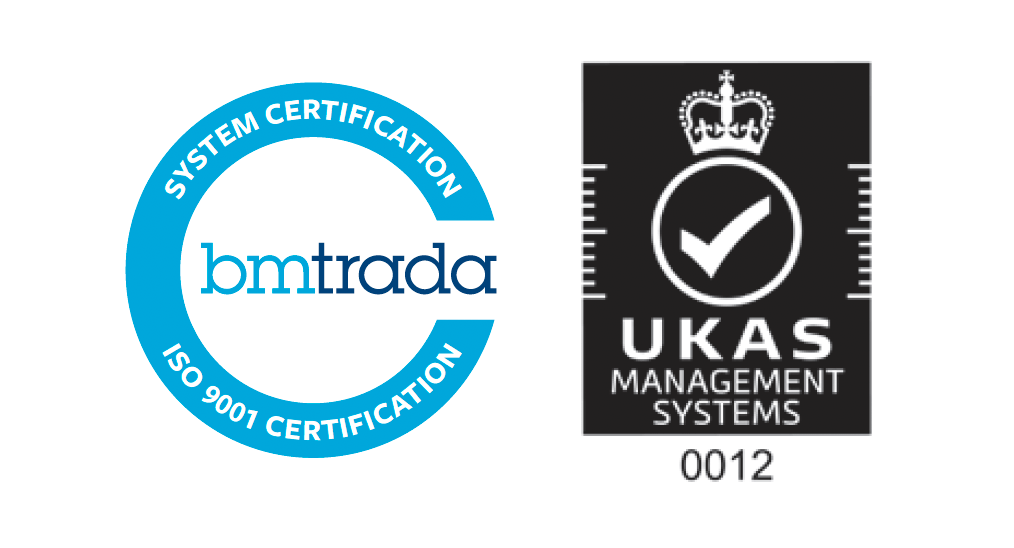Ten years after Carter, the case in favour of collaborative networks has been well-made and well-evidenced by best in class European laboratory networks, with the potential to:
- drive down cost per test
- reduce unwarranted variation and clinical risk
- unlock efficiencies in procurement, IT and overheads
- deliver economies of scale – centralising cold tests within centres of excellence
- reduce the impact of staffing shortages
- create space for innovation, such as Point of Care Testing
However, not all Trusts see plans proposed for their region as workable. The HSJ recently reported that over half of regions had rejected the proposals from NHS I and therefore “updated networks” are being published in “due course”.
NHSI’s plans represent a helpful paper-based exercise but the methodology is over-simple, (perhaps deliberately): the largest service based on spend and test volumes becomes the hub, the rest become spokes. This does not provide detailed answers to the following questions:
- Where will the capital come from to upgrade/expand labs at the hub? Or to build a brand new cold facility?
- Can we recruit staff at the hub when those at the spokes take redundancy packages (which we also can’t afford)?
- What will we do with the empty lab space at the spokes?
- What about penalty clauses in legacy MES and LIMS contracts?
- How will we create IT interconnectivity, and pay for it?
- What about the hidden costs of transport and logistics?
- How do we broach this with staff? Some reconfigurations have learned the hard way that dictating that staff must move 10-20 miles to another site can lead to resignations, vacancies and the hunt for locums.
- How do some networks navigate the fact that their proposed composition is not co-terminus with their STP footprint?
This process has clearly been kicked off on the premise of ‘what would we do with pathology services if we had a blank sheet of paper?’ Given that we can’t start 29 regional reconfigurations like that, there may be simpler ways for the NHS to derive savings and improvements. Here are three of them.
LIMS, LIMS, LIMS
Harmonising Laboratory Information Management Systems (LIMS), and harmonising analyser platforms are the first steps in all successful integration plans. Enabled by a common LIMS, efficiency gains come from creating centres of excellence for different sub-specialities at different sites.
LIMS integration is a critical enabler of any ‘hub and spoke’ model, so why not get on with it? It may transpire that IT interoperability delivers much of the coveted benefit of reconfiguration while costing a fraction of the price of new-build or upgraded labs. In the immediate term, integration engines (e.g. NPEx) can stitch together legacy IT systems and enable savings from test repatriation with a modest investment.
Harmonise prices paid for referred tests (send-aways)
Trusts ‘send-away’ small volumes of specialised work, referring them on to specialist centres. Prices are high, service levels often poor, and there are large hidden costs associated with packing, logistics and transcribing results.
If they are not already, Trusts should be sharing their send-away test data to identify what they are each paying for the same tests, likely to vary by different referral labs. They should then be renegotiating contracts with greater volume commitments, capitalising on their collective buying power.
There may even be scope to insource these tests and keep that income within the patch. This is neither complicated nor controversial – it just requires project focus and commitment to sharing data and the resulting savings appropriately.
Standardise diagnostic referrals within pathways
70% of patient pathways involve lab tests. Given the limited initial training which most doctors receive in pathology, it is not surprising that many tests are considered inappropriate or to add no clinical value.
Trusts can share learning to standardise diagnostic referrals within pathways to reduce the unnecessary duplication of tests. In systems we have supported, pathway reviews leading to the changing of testing protocols have seen demonstrable reductions in requests in key areas.
To conclude, ‘hub and spoke’ may be the answer for many regions, and NHSI’s proposed compositions may not be far off. However, reconfiguration is unlikely to be the immediate answer for all regions and unlikely for many given current constraints. There are many ways to deliver savings and improvements in pathology here and now – often delivered in line with the Royal College of Pathologists’ maxim: ‘Collaborate where possible, centralise where necessary’.



